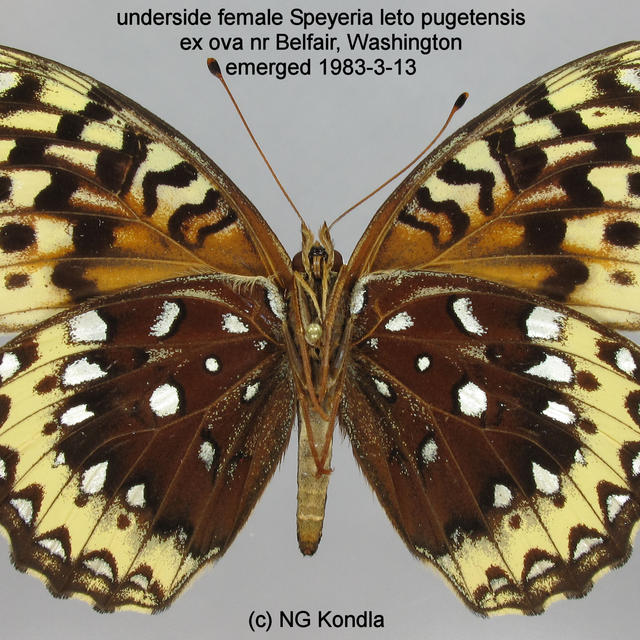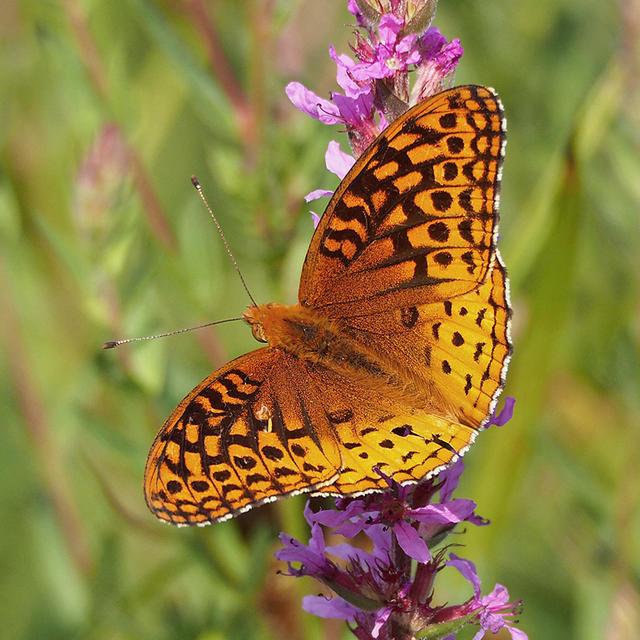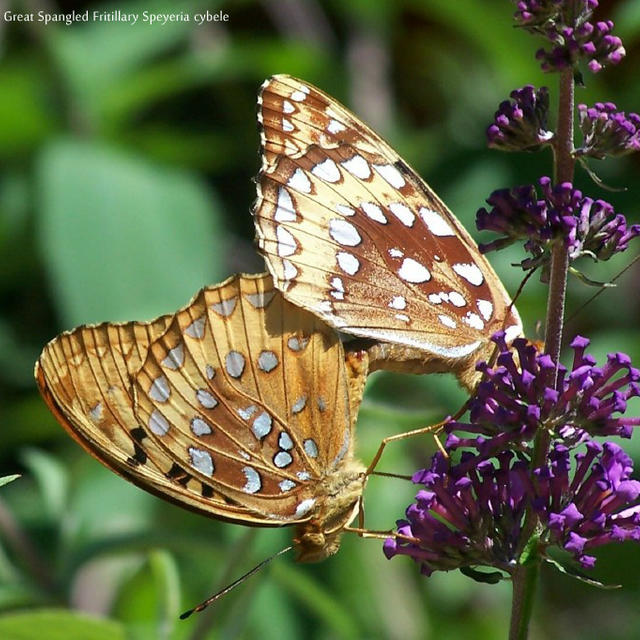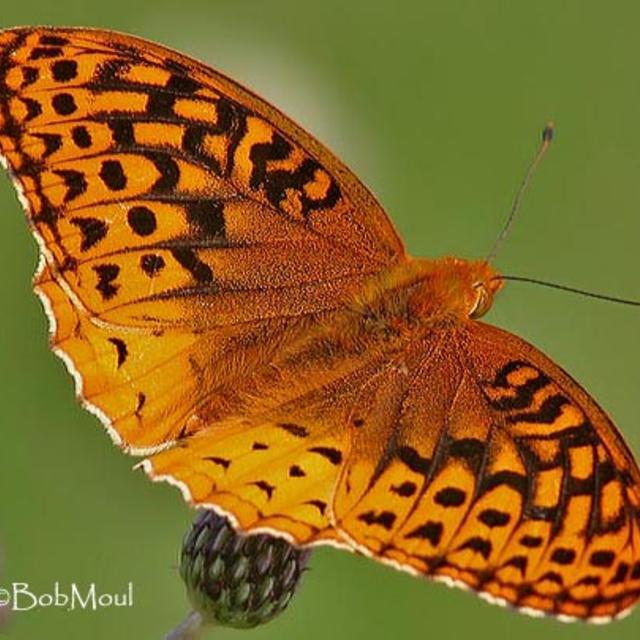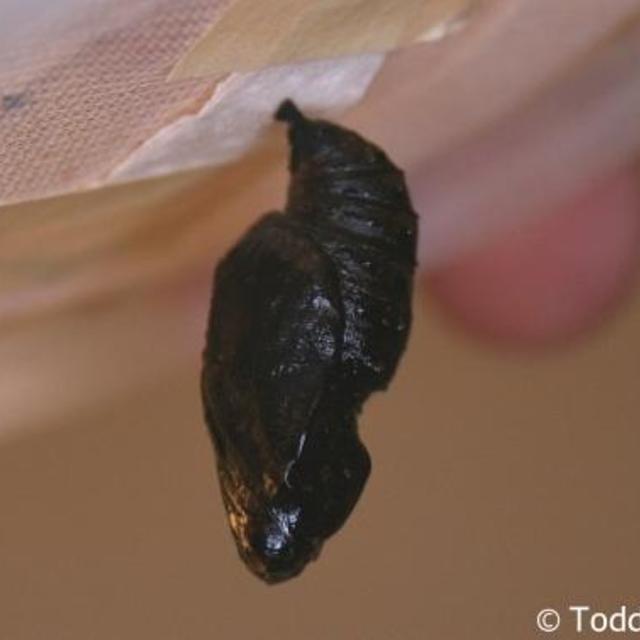Great Spangled Fritillary
Speyeria cybele (Fabricius, 1775)
Family: Nymphalidae
Subfamily: Heliconiinae
Identification: Large. Upperside of male tan to orange with black scales on forewing veins; female tawny, darker than male. Underside of hindwing with wide pale submarginal band and large silver spots.
Wing Span: 2 1/2 - 4 inches (6.3 - 10.1 cm).
Life History: Males patrol open areas for females. Eggs are laid in late summer on or near host violets. Newly-hatched caterpillars do not feed, but overwinter until spring, when they eat young violet leaves.
Flight: One brood from mid-June to mid-September.
Caterpillar Hosts: Various violet species (Viola).
Adult Food: Nectar from many species of flowers including milkweeds, thistles, ironweed, dogbane, mountain laurel, verbena, vetch, bergamot, red clover, joe-pye weed, and purple coneflower.
Habitat: Open, moist places including fields, valleys, pastures, right-of-ways, meadows, open woodland, prairies.
Range: Alberta east to Nova Scotia, south to central California, New Mexico, central Arkansas, and northern Georgia. Comments: The most common fritillary throughout most of the eastern United States.
Conservation: Not usually required.
NCGR: G5 - Demonstrably secure globally, though it may be quite rare in parts of its range, especially at the periphery.
Management Needs: None reported.
Get your BAMONA Gear!
Please donate!
We depend on donations to keep Butterflies and Moths of North America freely available. We want to express our gratitude to all who showed their support by making a contribution this year. You can donate to support this project at any time.
Advertise with us!
Do you have a product or service that you think would interest BAMONA users? If you would like to advertise on this website, contact us by email, or use the contact form and select the "Advertising" category.
Verified Sightings
Displaying 1 - 24 of 8048 verified sightings

Observation date: Jun 15, 2021
Submitted by: tiki33wv
Region: Wood County, West Virginia, United States
Verified by: curtis.lehman
Verified date: Apr 05, 2024
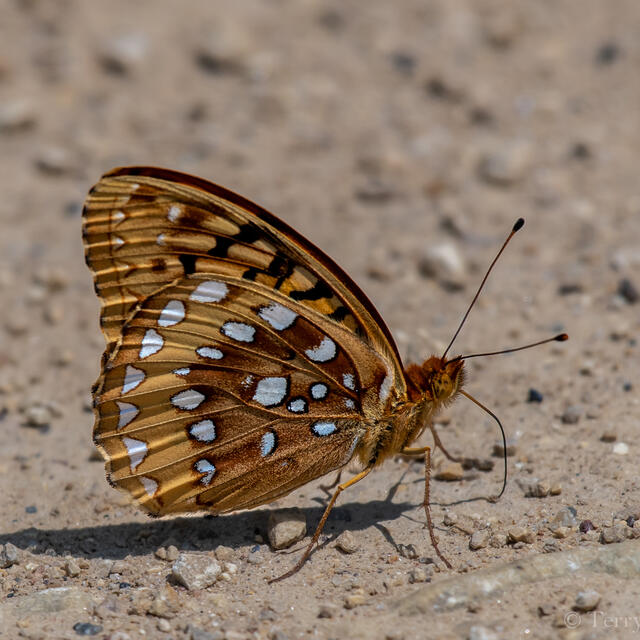
Observation date: Jun 09, 2023
Submitted by: terrymortier
Region: Dunn County, Wisconsin, United States
Verified by: jmgesell
Verified date: Mar 22, 2024

Observation date: Jun 18, 2016
Submitted by: n_meadows_jr
Region: United States
Verified by: jmgesell
Verified date: Feb 15, 2024

Observation date: Jun 16, 2022
Submitted by: Lisa H
Region: Ottawa County, Kansas, United States
Verified by: James Steen
Verified date: Feb 03, 2024

Observation date: Aug 17, 2020
Submitted by: neilpa
Region: Alcona County, Michigan, United States
Verified by: elsner
Verified date: Jan 17, 2024

Observation date: Aug 11, 2023
Submitted by: davidboon
Region: Oakland County, Michigan, United States
Verified by: elsner
Verified date: Jan 17, 2024

Observation date: Aug 26, 2023
Submitted by: BallingerCole
Region: Leelanau County, Michigan, United States
Verified by: elsner
Verified date: Jan 17, 2024

Observation date: Aug 26, 2023
Submitted by: BallingerCole
Region: Leelanau County, Michigan, United States
Verified by: elsner
Verified date: Jan 17, 2024
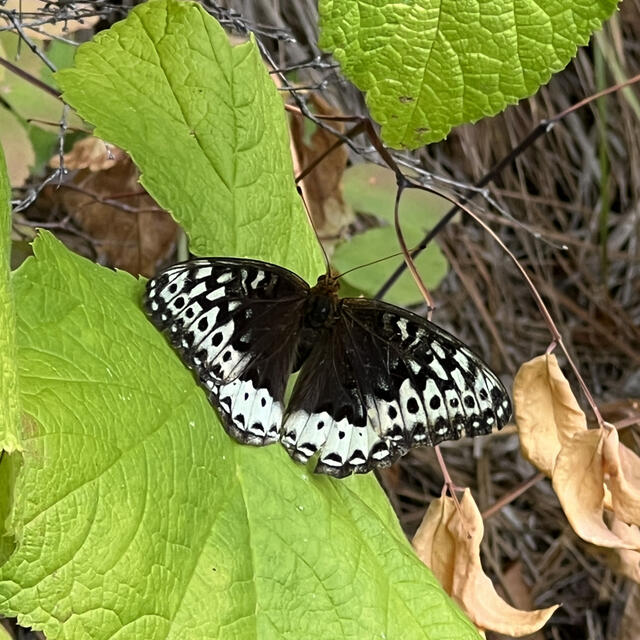
Observation date: Aug 11, 2023
Submitted by: CripCril
Region: Boundary County, Idaho, United States
Verified by: stevekohler
Verified date: Nov 24, 2023
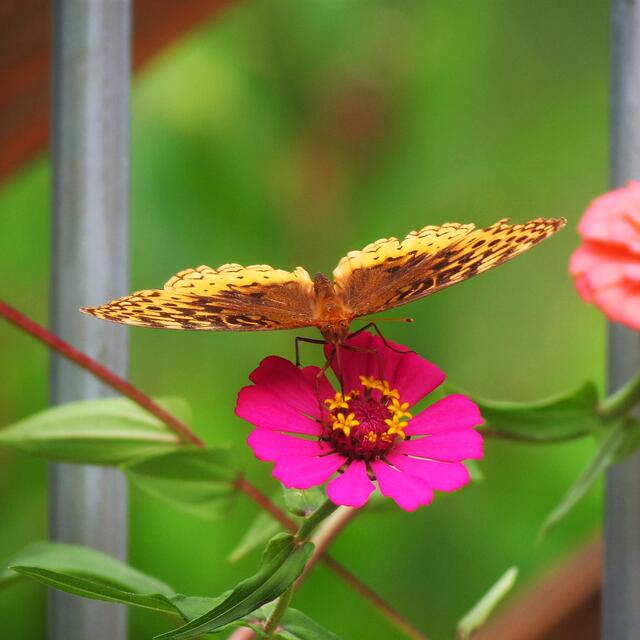
Observation date: Sep 24, 2023
Submitted by: Crystal Rain-Fe...
Region: Greene County, Missouri, United States
Verified by: CA Ivy
Verified date: Sep 28, 2023
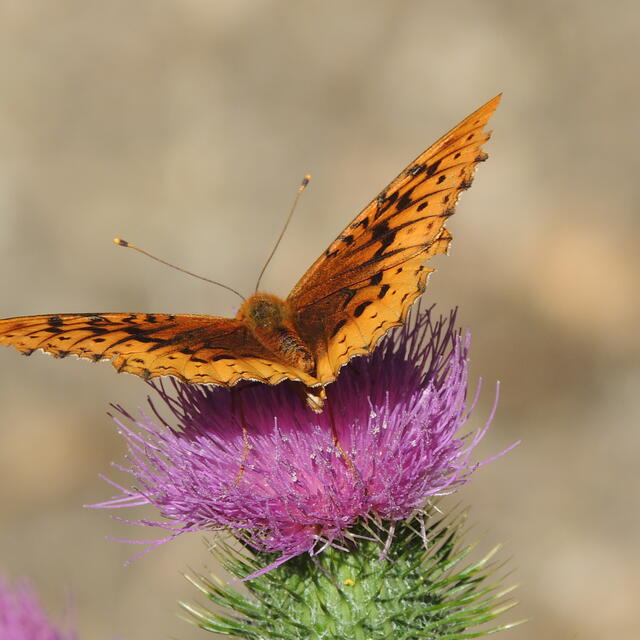
Observation date: Aug 18, 2019
Submitted by: paulgraham
Region: Summit County, Utah, United States
Verified by: James Steen
Verified date: Sep 18, 2023

Observation date: Jul 23, 2017
Submitted by: Onegraham
Region: Grand County, Utah, United States
Verified by: James Steen
Verified date: Sep 18, 2023

Observation date: Sep 14, 2023
Submitted by: lkalisz
Region: Hampshire County, Massachusetts, United States
Verified by: jwileyrains
Verified date: Sep 17, 2023

Observation date: Sep 14, 2023
Submitted by: rtsmith
Region: Centre County, Pennsylvania, United States
Verified by: davidwright
Verified date: Sep 15, 2023

Observation date: Sep 14, 2023
Submitted by: Patricia R Warren
Region: Orange County, Vermont, United States
Verified by: jwileyrains
Verified date: Sep 14, 2023
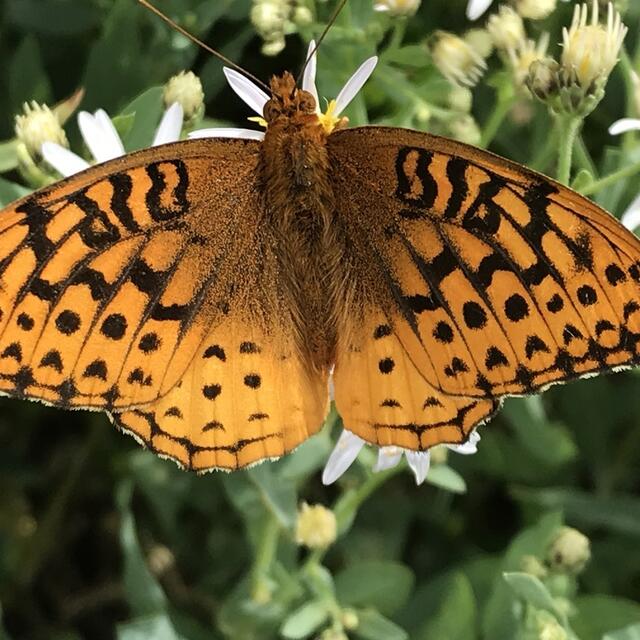
Observation date: Jul 16, 2020
Submitted by: Robb Hannawacker
Region: San Juan County, Utah, United States
Verified by: James Steen
Verified date: Sep 12, 2023

Observation date: Sep 12, 2023
Submitted by: NBeaty
Region: Buncombe County, North Carolina, United States
Verified by: Dennis Forsythe
Verified date: Sep 12, 2023

Observation date: Jul 18, 2023
Submitted by: Paul C. Agidius
Region: Latah County, Idaho, United States
Verified by: stevekohler
Verified date: Sep 12, 2023

Observation date: Jul 12, 2023
Submitted by: Paul C. Agidius
Region: Latah County, Idaho, United States
Verified by: stevekohler
Verified date: Sep 12, 2023
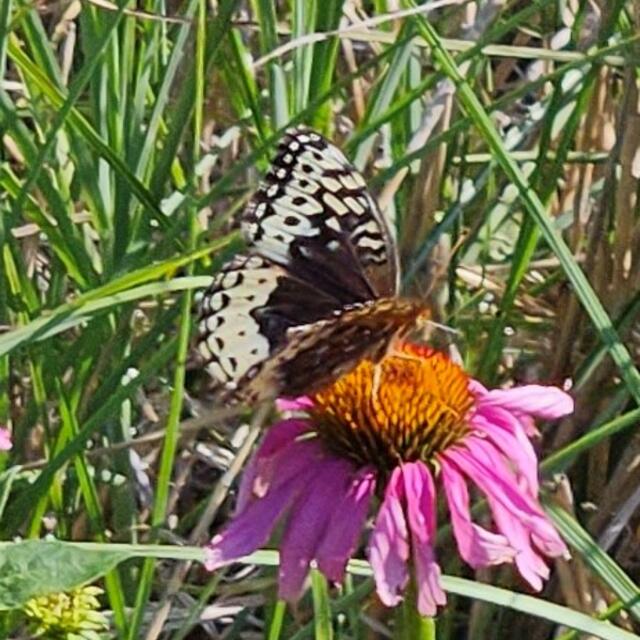
Observation date: Jul 23, 2023
Submitted by: Paul C. Agidius
Region: Latah County, Idaho, United States
Verified by: stevekohler
Verified date: Sep 12, 2023

Observation date: Sep 09, 2023
Submitted by: jwileyrains
Region: Litchfield County, Connecticut, United States
Verified by: jwileyrains
Verified date: Sep 09, 2023

Observation date: Sep 06, 2023
Submitted by: Laurenharts
Region: Sumner County, Tennessee, United States
Verified by: James Steen
Verified date: Sep 07, 2023

Observation date: Sep 05, 2023
Submitted by: ELFredrickson
Region: Madison County, Kentucky, United States
Verified by: CA Ivy
Verified date: Sep 06, 2023

Observation date: Sep 04, 2023
Submitted by: getherington
Region: Putnam County, New York, United States
Verified by: jmgesell
Verified date: Sep 04, 2023
- 1 of 336
- next ›









